An Accurate Q&A Post On Pipe Tobacco
Contents
- 1 An Accurate Q&A Post On Pipe Tobacco
- 1.1 General Questions About Pipe Tobacco
- 1.2 Questions About Using Pipe Tobacco
- 1.3 Questions About Buying Pipe Tobacco
- 1.4 Questions About Traveling with Pipe Tobacco
- 1.5 Questions About Pipe Tobacco Quality and Storage
- 1.6 Questions About Making or Flavoring Pipe Tobacco
- 1.7 Questions About Specific Brands or Types
- 1.8 Other Questions About Pipe Smoking
- 1.9 Our Concluding Thoughts On The Most Asked Questions About Pipe Tobacco
- 1.10 Other Related Articles You May Enjoy
Over half a century – that’s how long we’ve been in the tobacco business. Throughout these golden decades, our journey has bestowed upon us a treasure trove of knowledge, insights, and countless stories.
Since moving our business online nearly a decade ago has broadened our horizons, allowing us to tap into an even larger audience with their curiosities and questions about tobacco, particularly pipe tobacco.
Out of the vast data we’ve amassed, one area shines more prominently than the rest: Frequently Asked Questions about Pipe Tobacco. These queries reflect not only the intrigue and appreciation of pipe enthusiasts but also the need to dispel myths and bring clarity to this age-old practice.
Recognizing this, we embarked on a mission to not only collate every question we’ve received but also to scour the internet to rectify those answers that seem to have gone astray or need to be understood. The result? A comprehensive compilation of every question you’ve ever had about pipe tobacco – and then some.
So, whether you’re a seasoned smoker, a newbie, or simply curious, dive in as we reveal all the questions about pipe tobacco and provide answers backed by more than 50 years of expertise and passion.

General Questions About Pipe Tobacco
Before we dig into the specific queries that have come up over the years, it’s essential to understand the broad category of pipe tobacco.
This age-old tobacco form has unique attributes, characteristics, and traditions. Steeped in history and culture, pipe tobacco offers an experience distinct from other tobacco products.
Let’s begin this Q&A by addressing some fundamental questions that many seasoned smokers and beginners grapple with.
Is pipe tobacco the same as cigarette tobacco?
While both originate from the tobacco plant, pipe and cigarette tobacco are distinct in terms of processing, blending, and intended use. Cigarette tobacco is often more finely cut and processed and may contain various additives, whereas pipe tobacco tends to be more natural and comes in a broader range of flavors and cuts.
However, they do make RYO pipe tobacco, and it’s cut like cigarette tobacco, making it fast and easy to make cigarettes from home. You can read more about the difference between pipe and cigarette tobacco by clicking the link we just provided above.
Is pipe tobacco all-natural?
Many premium pipe tobacco brands pride themselves on being all-natural, with minimal to no additives. However, it’s crucial to read labels and descriptions as some brands or blends might include flavorings or preservatives. Some brands will offer a Natural option along with their other flavors.
Is pipe tobacco stronger than cigarettes?
Strength is subjective and can vary based on the blend and type of tobacco used. Some pipe tobacco can indeed be more robust in flavor and nicotine content than cigarettes, while others might be milder. It often depends on the specific blend and the smoker’s technique.
Is pipe tobacco bad for you?
Like all tobacco products, pipe tobacco contains nicotine and other compounds that pose health risks when consumed. While some argue that pipe smoking involves fewer chemicals than cigarettes, it’s essential to remember that no form of tobacco consumption is entirely risk-free.
Is pipe tobacco sweet?
Pipe tobacco’s sweetness largely depends on the blend and type. Some tobaccos, like Virginias, are naturally sweet, while others might be blended with ingredients like Cavendish for added sweetness. Conversely, some blends aim for a more robust, non-sweet flavor profile.
Does pipe tobacco have tar?
Yes, like all tobacco products, pipe tobacco produces tar when burned. The amount of tar can vary based on the tobacco type, blend, and smoking technique. However, many pipe smokers do not inhale deeply, potentially reducing the amount of tar inhaled. Still, it’s crucial to approach this practice with full knowledge of the health implications.
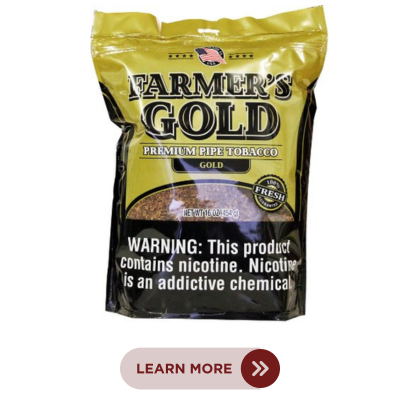
Questions About Using Pipe Tobacco
Navigating the many ways to enjoy tobacco, smokers often ponder over the versatility of pipe tobacco. Whether you’re thinking of repurposing it or understanding its traditional use, here are some common questions about how to use pipe tobacco.
Can I use pipe tobacco to roll cigarettes?
Technically, yes, you can use pipe tobacco to roll cigarettes. However, there are a few considerations to keep in mind. Pipe tobacco is usually cut into larger pieces and is often moister compared to cigarette tobacco, which might make the rolling process a bit challenging.
That said, it’s essential to know which type of pipe tobacco you’re buying if you’re planning to use it for making cigarettes. The top three most popular tobacco brands for making cigarettes are The Good Stuff, American Club, and Criss Cross. You can buy all three by clicking here.
Can you inhale pipe tobacco?
Pipe tobacco is typically smoked in a manner where the smoke is drawn into the mouth and savored rather than directly inhaled into the lungs like cigarettes.
Inhaling pipe tobacco can be harsh and might lead to a more intense nicotine rush due to the potential higher nicotine content in some blends. While some pipe smokers occasionally inhale, many enjoy the flavor without deep inhalation.
However, even without direct inhalation, nicotine, and other compounds can still be absorbed through the mouth’s mucous membranes.
Is Pipe Tobacco Addictive?
Yes, pipe tobacco is addictive. The primary reason for its addictiveness is the presence of nicotine, a naturally occurring compound in the tobacco plant.
Nicotine is a stimulant that affects the brain’s neurotransmitter levels, particularly dopamine, leading to feelings of pleasure and reward.
Over time and with regular use, a person can become dependent on nicotine, resulting in cravings and increased consumption to achieve the same effects.
It’s essential to understand that even if someone doesn’t inhale the smoke deeply into the lungs, nicotine can still be absorbed through the mouth’s mucous membranes during the process of smoking a pipe. As a result, even without inhalation, a pipe smoker can become addicted to nicotine.
However, the culture and rituals surrounding pipe smoking often focus on the relaxation, flavor appreciation, and contemplative aspects of the experience rather than purely on nicotine intake.
This might lead to a different consumption pattern compared to cigarette smokers, but it doesn’t negate the potential for addiction.
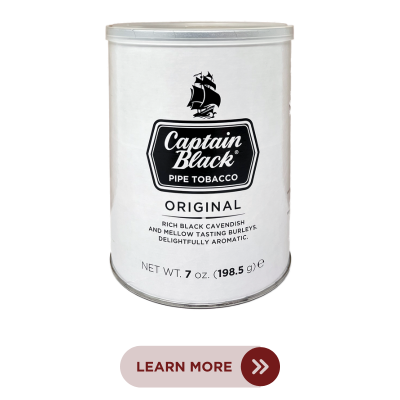
Questions About Buying Pipe Tobacco
Whether you’re a seasoned pipe smoker or just starting out, knowing where to buy quality tobacco is essential. With the digital age offering numerous avenues for purchase, here are some commonly asked questions about buying pipe tobacco.
Where to buy pipe tobacco?
Many local smoke shops offer a selection of pipe tobacco for casual or immediate purchases. However, their variety in terms of brands and flavors might be limited due to shelf space and regional preferences. If you’re in search of a more extensive collection and variety, online stores are your best bet. And, speaking of online options, the premier choice for many is BuyPipeTobacco.com, which boasts an unparalleled selection tailored to cater to all tastes.
Can I buy pipe tobacco online?
Certainly! Buying pipe tobacco online is convenient and often offers a wider selection and competitive pricing. As mentioned, BuyPipeTobacco.com is a top destination for online tobacco shopping, offering an extensive range of brands, flavors, and even shipping nationwide for your convenience.
Where to buy pipe tobacco near me?
If you’re in need of a quick fix or want to browse physically, tobacco shops and some gas stations do stock pipe tobacco. However, the selection might be be slimmer with steeper prices. If you prioritize variety, quality, and value for money, your best local option would still be purchasing from BuyPipeTobacco.com, providing the convenience of online shopping combined with swift delivery.
Where to buy tobacco for pipes?
Distinguishing between various tobacco types is crucial. If you’re after traditional brands explicitly crafted for pipe smoking, then BuyPipeTobacco.com is the place to go, and you’re here now!
From Captain Black to the time-honored blend of Sir Walter Raleigh, we offer an assortment of brands and flavors, each crafted with the discerning pipe smoker in mind. Plus, nationwide shipping ensures that no matter where you are in the U.S., your favorite blend is just a click away.

Questions About Traveling with Pipe Tobacco
Traveling with your favorite pipe tobacco can add a touch of familiarity and comfort to your journeys. However, understanding the rules and regulations surrounding its transportation, especially by air, is crucial. Here’s what you need to know:
Can I bring pipe tobacco on a plane?
Yes, you can bring pipe tobacco on a plane, but there are specific guidelines to consider:
1. TSA Guidelines: The Transportation Security Administration (TSA) allows passengers to carry tobacco products in both their carry-on and checked luggage. Specifically, you’re permitted up to two ounces of loose tobacco and a maximum of two hundred cigarettes (or about a carton) in your carry-on.
2. Smokeless Tobacco Products: Products like snuff, snus, or chewing tobacco must be placed in your checked bag.
3. Taxes and Customs: Traveling with more than 200 cigarettes, or one carton, may require you to declare them when passing through customs. Failure to do so might result in additional taxes or penalties. Additionally, upon arrival at your destination, local or state taxes may apply to any tobacco products you bring into the area.
4. International Travel: If your journey takes you across international borders, be sure to familiarize yourself with the tobacco regulations of your destination country. Laws can vary significantly, and what might be permissible in one country might be restricted in another.
5. Legal Considerations: While the above offers a general overview, it’s crucial to note that this isn’t comprehensive legal advice. If you’re uncertain about any aspect of traveling with tobacco, consulting a lawyer or seeking advice from airline officials can offer clarity.
In summary, while traveling with pipe tobacco is possible, being aware of restrictions and doing a bit of homework, especially for international trips, will ensure a hassle-free experience.
Questions About Pipe Tobacco Quality and Storage
Just like fine wine or premium cigars, the quality and experience of pipe tobacco are intrinsically linked to its storage conditions. Ensuring its longevity and freshness is vital for every enthusiast. Here’s what you need to know about the shelf life of pipe tobacco and its preservation.
Does pipe tobacco go bad?
Yes, pipe tobacco can go bad if not stored correctly. Over time, it can dry out, losing its moisture and essential oils, which can lead to a harsher smoke and diminished flavor.
Conversely, if tobacco is stored in overly humid conditions, it can become moldy, which renders it unsuitable for smoking. While tobacco doesn’t “expire” in the traditional sense, its quality can degrade, affecting the overall smoking experience.
How do you keep pipe tobacco fresh?
Ensuring the freshness of your pipe tobacco revolves around controlling its moisture level. Here are some steps to keep it in optimal condition:
1. Airtight Containers: Store your pipe tobacco in airtight containers, such as mason jars or specialized tobacco tins. These containers prevent the tobacco from being exposed to outside air, ensuring its moisture remains consistent.
2. Humidor: Just as cigars benefit from humidors, so does pipe tobacco. A tobacco-specific humidor can help regulate humidity and keep your tobacco at the right moisture level.
3. Avoid Direct Sunlight: Store your tobacco in a cool, dark place, away from direct sunlight. Excessive heat and light can dry out tobacco and degrade its quality.
4. Humidification Devices: If you live in a particularly dry environment, consider using humidification devices or pouches to maintain the right moisture level. These can be added to your tobacco storage container to release moisture slowly.
5. Rotate Stock: If you have multiple tobaccos, try to rotate them, ensuring that older stock is used first. This practice ensures that no tobacco sits unused for too long.
6. Regular Checks: Periodically check your stored tobacco for any signs of mold, especially if stored in a humid environment. If you spot any, it’s best to discard that portion to prevent it from spreading.
By taking care of how you store your pipe tobacco, you can prolong its freshness and enjoy a premium smoking experience every time.
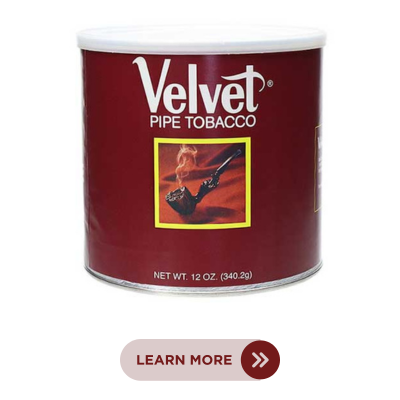
Questions About Making or Flavoring Pipe Tobacco
Diving into the craftsmanship behind pipe tobacco offers a glimpse into a world of tradition, innovation, and flavor science. Understanding how pipe tobacco is made and flavored not only deepens your appreciation for the craft but also enhances your smoking experience. Here are insights into the production and flavoring of pipe tobacco:
How is pipe tobacco made?
1. Growing and Harvesting: Everything begins with the cultivation of tobacco plants. Once the leaves are mature, they are harvested. The type of tobacco plant, along with its growing conditions, plays a significant role in the flavor profile of the finished product.
2. Curing: After harvesting, tobacco leaves undergo a curing process to develop flavors and remove the green chlorophyll. Depending on the desired outcome, leaves might be air-cured, flue-cured, fire-cured, or sun-cured.
3. Fermentation: Post-curing, the leaves are fermented. This process breaks down the leaf’s sugars, further enhancing and mellowing the tobacco’s flavor. The fermentation process can vary in duration and method, depending on the type of tobacco and desired characteristics.
4. Blending: Different tobacco leaves might be mixed together to create a particular blend. Master blenders combine various leaves to achieve a consistent flavor profile or to create a new and unique blend.
5. Cutting: Once blended, the tobacco is cut to the desired size and shape, ranging from ribbon cuts to flakes, plugs, or coins.
How is pipe tobacco flavored?
Flavoring, also known as “casing” or “topping”, is an integral step in many pipe tobacco varieties, especially aromatic blends:
1. Casing: This is a primary flavoring process where tobacco is treated with a mixture of flavors. Common casings might include chocolate, vanilla, honey, liquor, or fruits. These ingredients are often boiled together to create a syrup, which is then applied to the tobacco.
2. Top Dressing: After casing, a top dressing might be added to give the tobacco an additional scent or flavor. This layer of flavoring is typically more volatile and tends to be more aromatic than the deeper notes provided by casing.
3. Resting: Once flavored, the tobacco is left to rest, allowing the flavors to meld and permeate the leaves.
4. Natural Flavoring: Not all pipe tobaccos are artificially flavored. Some tobaccos derive their flavors from the natural fermentation process, the type of wood used during curing, or the specific variety of the tobacco plant.
5. Regulations: It’s worth noting that certain additives or flavorings might be regulated in some countries, ensuring the safety and quality of the tobacco.
Flavoring pipe tobacco is both an art and a science, with master blenders drawing on tradition and innovation to craft unique and memorable blends. As you explore different flavors, you’ll come to appreciate the complexity and depth that goes into every pouch or tin of pipe tobacco.
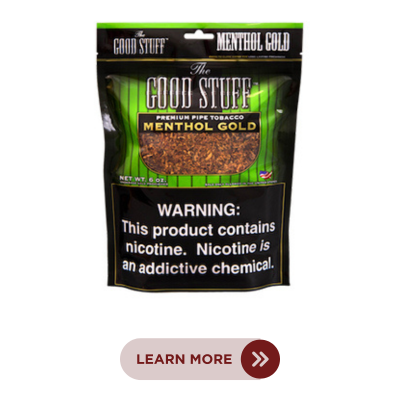
Questions About Specific Brands or Types
As the pipe tobacco industry is vast and diverse, enthusiasts often find themselves drawing comparisons between popular cigarette brands and pipe tobaccos, especially when venturing into rolling their own cigarettes or switching from cigarettes to pipes. Here’s a breakdown of some of those comparisons and more:
What pipe tobacco is closest to Marlboro?
Marlboro is known for its robust and full-bodied flavor. From extensive reviews and our vast experience, The Good Stuff Pipe Tobacco and American Club Pipe Tobacco come highly recommended as the closest in taste profile to Marlboro, especially the Newport Reds variant. Both of these brands offer a rich and satisfying smoke that many Marlboro enthusiasts would appreciate.
What pipe tobacco is closest to Newport Menthol?
Newport is a leading brand for menthol cigarettes, known for its crisp menthol kick. In the realm of pipe tobacco, American Club and The Good Stuff are renowned for their mentholated blends, providing a cool and refreshing smoke. Additionally, Gambler and Criss Cross Tobacco have gained a solid reputation among menthol smokers, particularly those who roll their own (RYO) cigarettes. Their menthol blends are refreshing and often compared to the cooling sensation of Newport.
What pipe tobacco has the most nicotine?
Nicotine content can vary significantly across tobacco types. Dark Burley tobacco, for instance, generally contains nicotine levels ranging from 3.0-3.5% but can peak as high as 4.5% or even 5%.
However, when considering average nicotine content, Perique tends to be higher. The crown for the highest nicotine content goes to Dark Fired Kentucky, known for its robust flavor and strong nicotine punch. This tobacco is cured using a special fire-curing process, enhancing its nicotine content and lending it a smoky, rich flavor.
What type of tobacco is used for pipes?
Pipe tobacco is specifically blended and treated to be smoked in pipes. They’re often cut differently than cigarette tobacco and come in a variety of blends and flavors. Some of the most popular types include:
- Virginia: A sweet, light tobacco that forms the base of many blends.
- Burley: Typically more robust and nuttier than Virginia, often used to add body to a blend.
- Latakia: A smoky, rich tobacco, it adds depth and complexity.
- Perique: Known for its peppery kick and strong flavor.
- Oriental/Turkish: Offers a spicy and aromatic addition to many mixtures.
- Cavendish: This is more of a process than a type of tobacco. It refers to tobaccos (often Virginia) that have been heated and sweetened.
Blenders mix and match these base tobaccos, often adding flavorings or casings, to create the wide array of pipe tobaccos available on the market. Whether you’re after a sweet and mellow smoke or something with a bit more kick, there’s a pipe tobacco blend out there for every smoker.
Other Questions About Pipe Smoking
Diving into the world of pipe smoking can initially seem daunting due to the rituals and nuances associated with it. However, mastering these steps can turn the act of smoking a pipe into a deeply satisfying and meditative experience. Here’s a guide to address your queries:
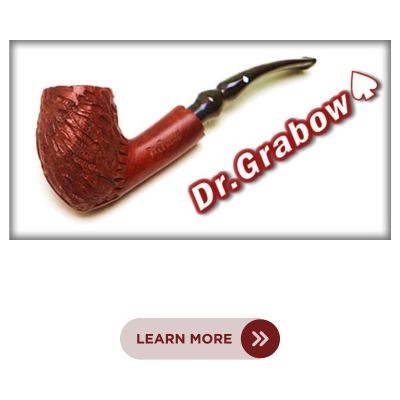
How to clean a tobacco pipe?
Regular cleaning is essential for maintaining the flavor and longevity of your pipe.
1. Disassemble: Gently take apart your pipe. Remove the stem from the bowl. Be cautious, especially with briar pipes, as they can be delicate.
2. Pipe Cleaners: Use a pipe cleaner soaked in alcohol (isopropyl or a spirit like brandy) to clean the stem. Slide it back and forth until it comes out clean.
3. Reaming: Over time, a cake will develop on the inside of the bowl. This is desirable to some extent, but if it becomes too thick, use a pipe reaming tool to gently scrape off the excess.
4. Bowl Cleaning: Wipe the inside of the bowl with a pipe cleaner or soft cloth dipped in alcohol. Allow the pipe to dry thoroughly after cleaning, especially if alcohol is used.
5. External Cleaning: Wipe down the exterior of the bowl with a soft cloth to maintain its shine. Some pipe aficionados use specialized pipe waxes for a polished finish.
6. Storage: Always store your pipe in a cool, dry place and, if possible, in a rack or stand to ensure proper airflow.
How to pack a tobacco pipe?
Proper packing ensures an even burn and a pleasant smoke.
1. Gravity Fill: Start by sprinkling tobacco into the bowl until it’s overflowing.
2. First Pack: Press down gently on the tobacco with your finger until it’s about halfway down the bowl.
3. Second Fill: Add more tobacco until it overflows again.
4. Second Pack: Press down again, but slightly firmer this time, until the tobacco sits about ¾ up the bowl.
5. Top Off: Add more tobacco up to the rim, then give a firm press so the surface is even and springy but not too dense.
How to smoke a tobacco pipe?
1. Charring Light: With a match or lighter, move in a circular motion around the entire surface of the tobacco while puffing gently. This helps to create an even “charred” layer on the top.
2. Tamp: Using a pipe tamper, gently press down the charred layer to create an even surface.
3. Main Light: Relight your pipe, using the same circular motion as before. Take steady and relaxed puffs.
4. Maintain the Burn: As you smoke, you may need to tamp the ashes down gently and possibly relight the pipe occasionally.
5. Enjoy: The key is to take your time. A pipe is meant to be savored, not rushed.
With these steps, you’ll soon be on your way to mastering the art of pipe smoking, ensuring a flavorful and relaxed experience every time.

Our Concluding Thoughts On The Most Asked Questions About Pipe Tobacco
Concluding our comprehensive Q&A on pipe tobacco, we’ve covered a range of topics from brands to best practices. Yet, the conversation is far from over.
We encourage you to participate in the comments section below. Share your thoughts, ask questions, and let us know if there are any topics we missed.
Your insights drive our community forward, and we’re here to answer any additional queries. Dive in and join the discussion!
Other Related Articles You May Enjoy
Pipe Tobacco Guide: Understanding the Art and History of Pipe Smoking
The Hidden Truth: Pipe Tobacco vs. Cigarette Tobacco Now Revealed
From Seed to Smoke: The Global Journey of Tobacco
Learn Everything About Pipe Tobacco Including Where To Buy It Online

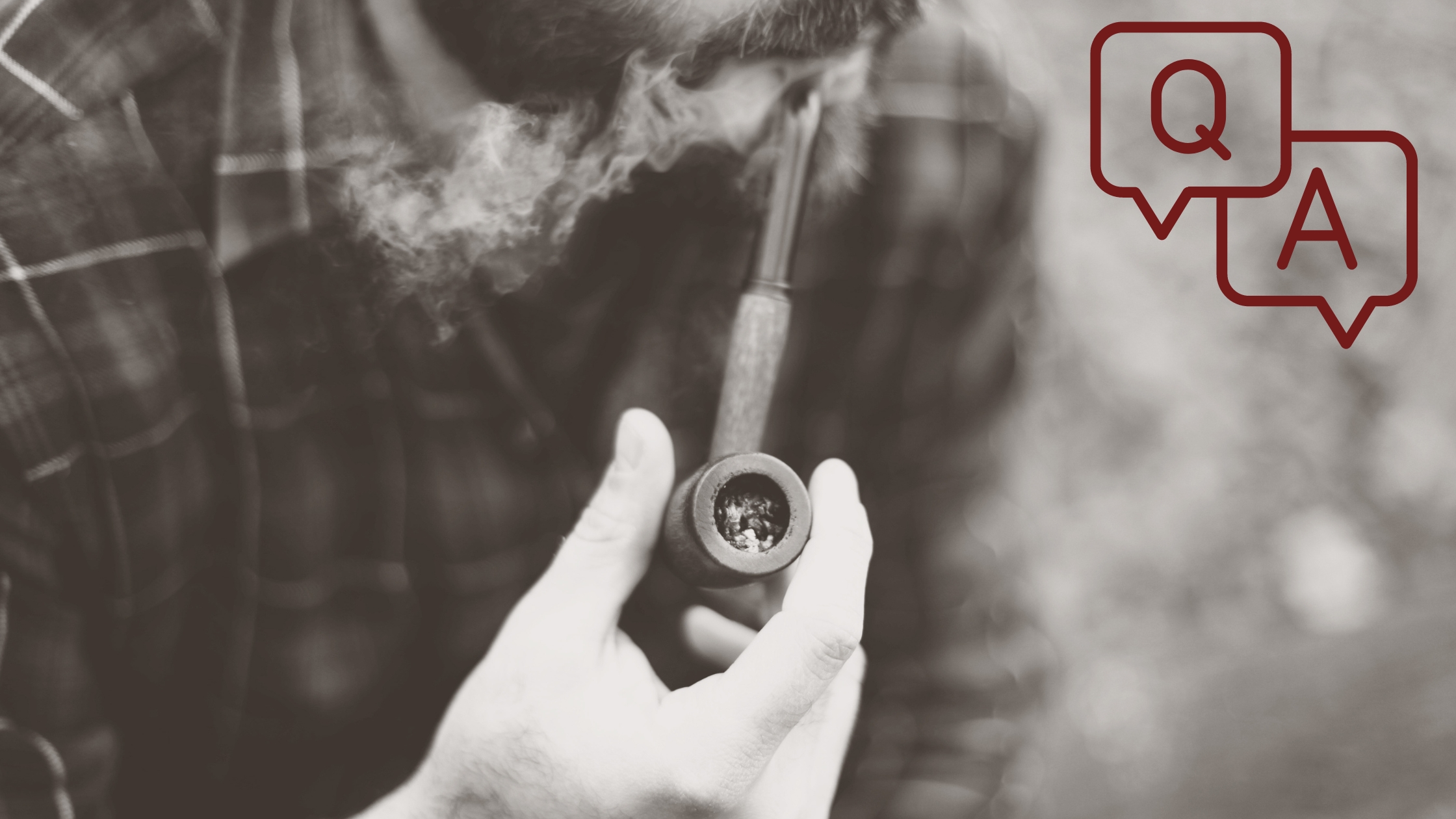
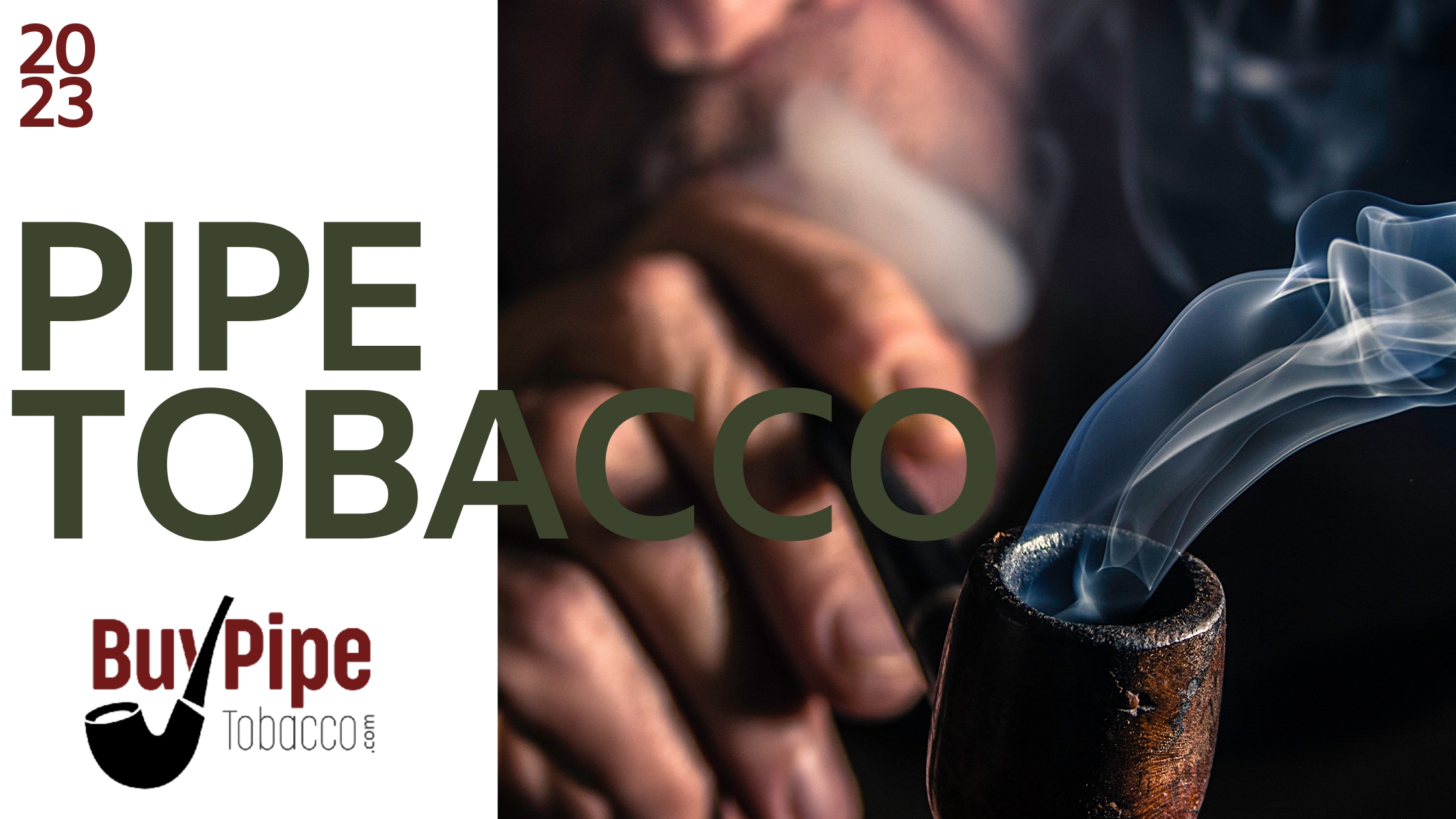
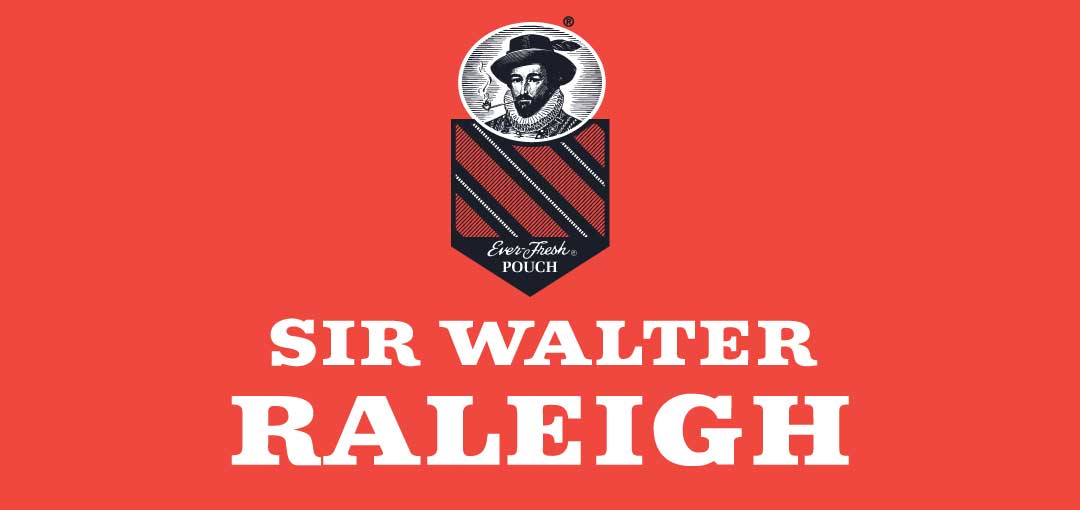
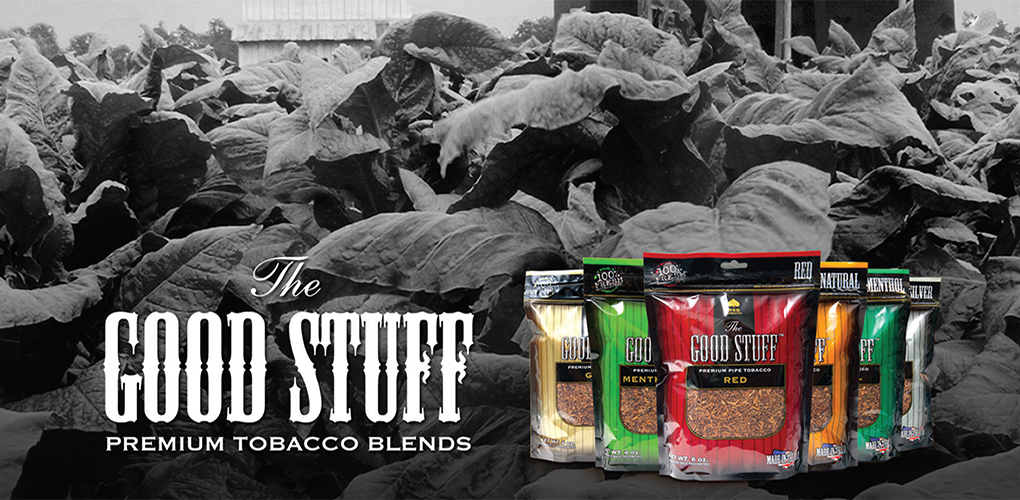
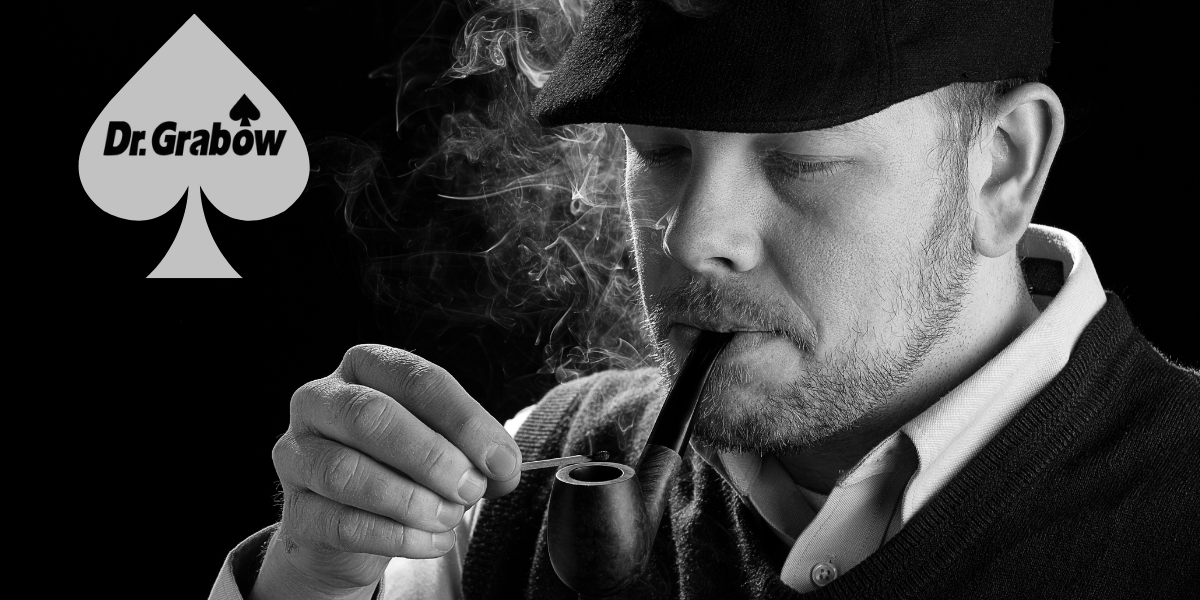
Thanks for helping me understand that pipe tobacco usually is cut differently from cigarettes and will have different flavors and blends. I needed to know about these things because I plan to go to a smoke shop soon to buy some products for my uncle. My gift for him on his 50th birthday, since I heard that he wanted to start collecting classic and unique products like those.